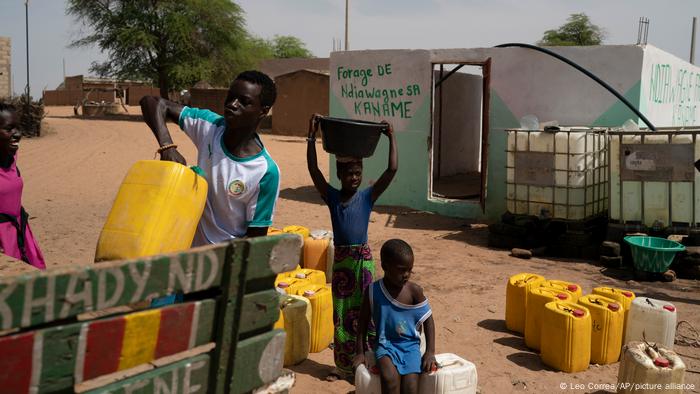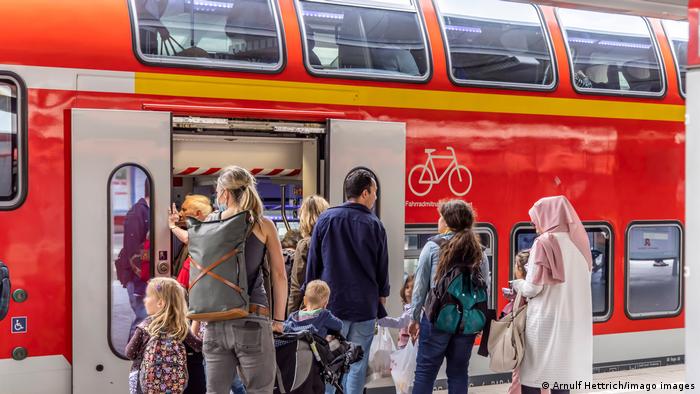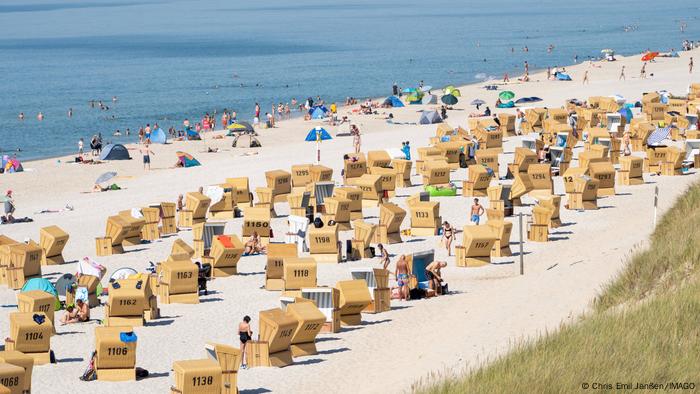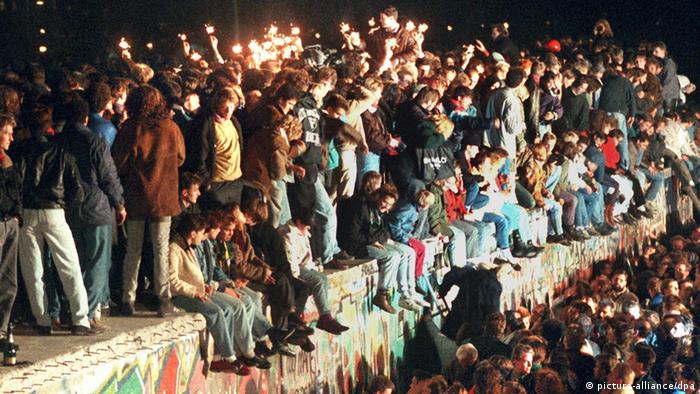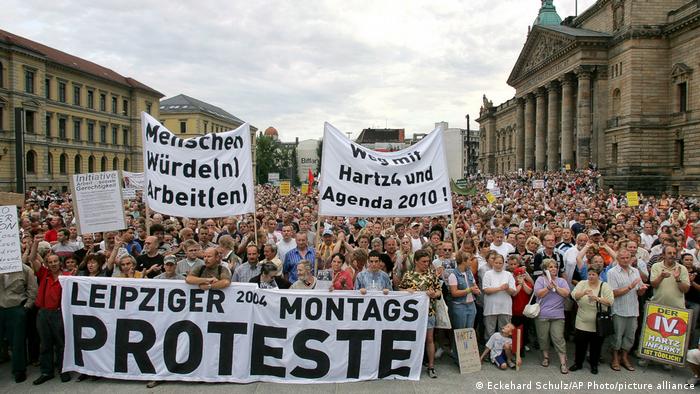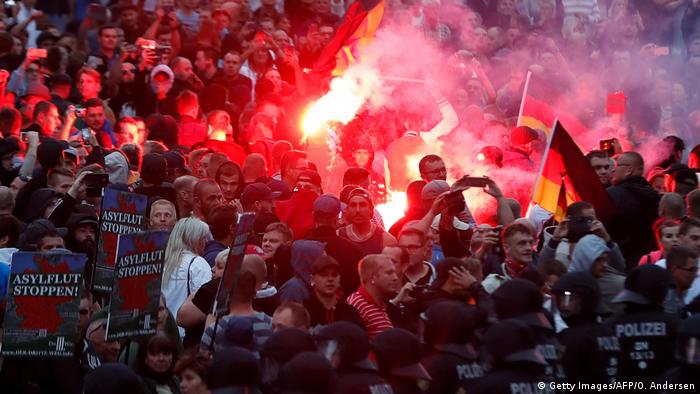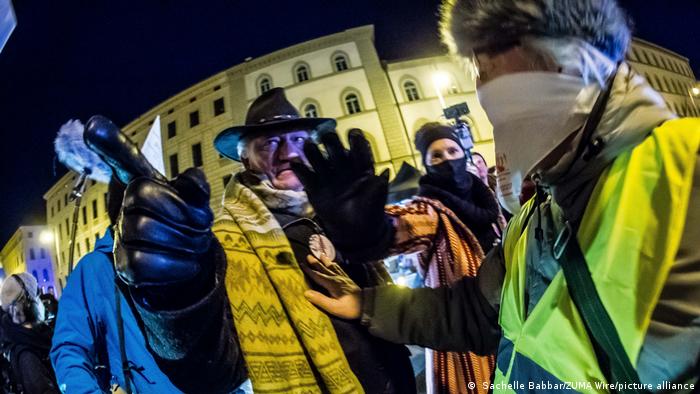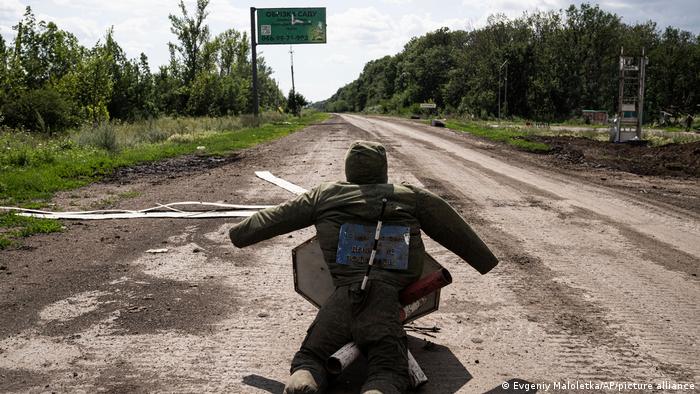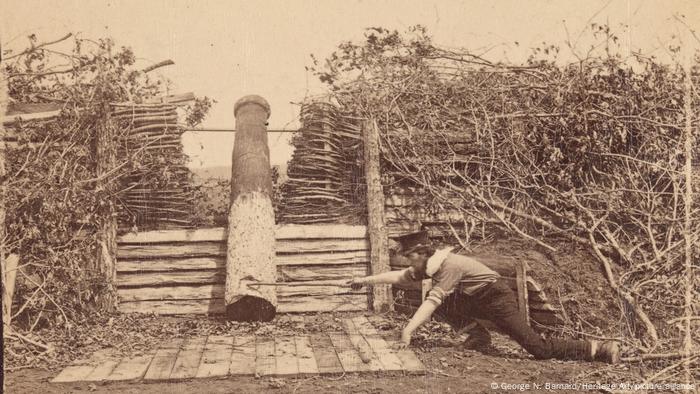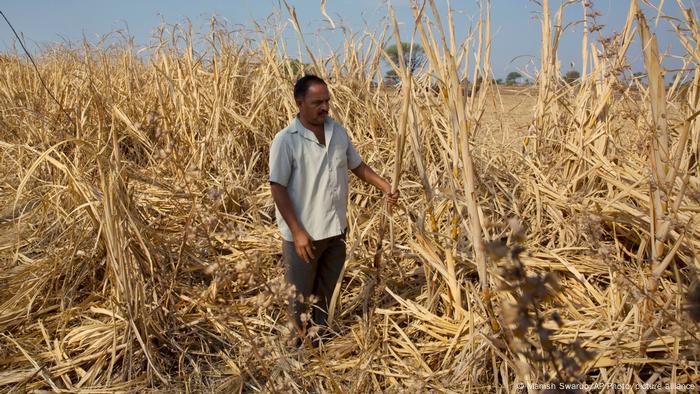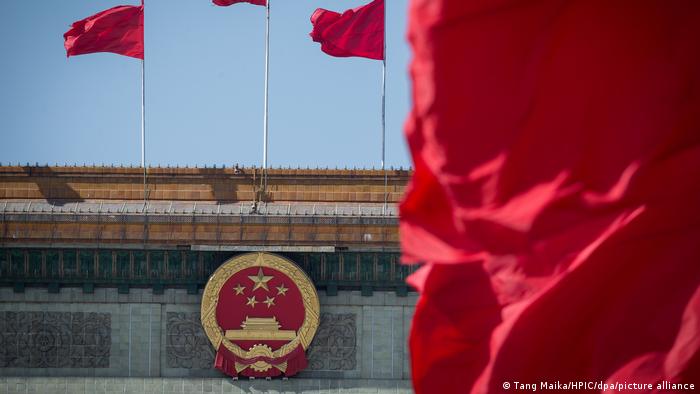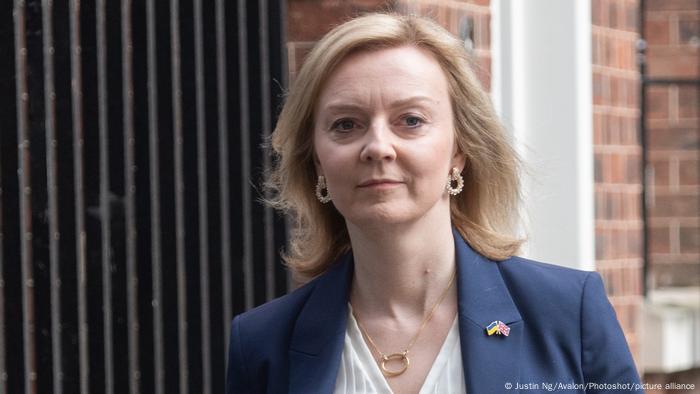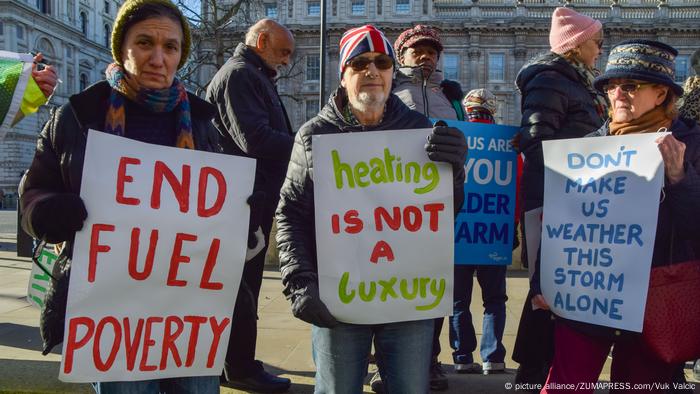Traveling by night train is becoming increasingly popular, and new connections are added every year. DW reporter Lisa Stüve put it to the test and took the night train from Munich to Zagreb.

Rather than battling the chaos at airports, a night train offers the option of settling down for the night and waking up at your destination
At Munich's Ostbahnhof station, I am greeted by the smell of Leberkäse meatloaf and other Bavarian cuisine. Much to my delight, the night train to Zagreb is already waiting at platform 12, ready to depart. The conductor of the Croatian railroad company HZPP directs me to my sleeping carriage, speaking a mixture of German, Croatian and English. A short time later, the train jolts into motion in a southeasterly direction.
As I stand with other passengers in the aisle sipping a beer, conversations quickly develop about previous night train trips and the destinations we are heading to. On a plane this would be a rare experience. At most there might be a brief exchange with the person sitting next to me.
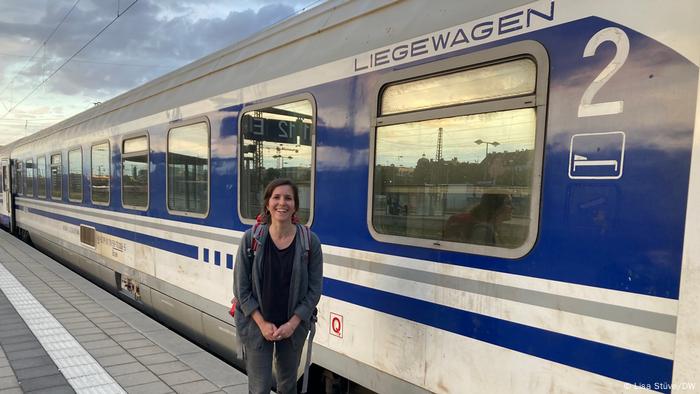
The adventure can begin: DW reporter Lisa Stüve in front of the overnight train to Zagreb
On the night train, the journey is part of the travel experience
Time and again, conversations during the journey reveal that it is this different way of traveling that makes the night train so special. Thirty-seven-year-old Sarah, from Belgium, whom I meet on the journey, tells me that she loves that the night train takes its time to get to the destination and that she can really feel the distance of the trip.
Sarah is not alone in her appreciation of slow travel. Night trains are not currently a mass phenomenon, and there is still a lack of attractive routes and offers, both nationally and internationally, but the idea of boarding a train in the evening and getting off the next day rested and stress-free is experiencing a renaissance and gaining more and more fans. Matthias Gastel, rail policy spokesman for Germany's Green Party, envisions a Europe-wide night train network that would make inner-European flights largely superfluous.
"Since most of the COVID-19 restrictions were lifted, night trains on the Munich-Zagreb route have been fully booked, especially on summer weekends," says Ivana Cubelic of corporate communications at Croatian railroad company HZPP. People have a desire to catch up on travel after two years of being locked-down, according to the German Travel Association. But it's not just the desire to travel that is driving demand for night train travel, it's also increasing environmental awareness.
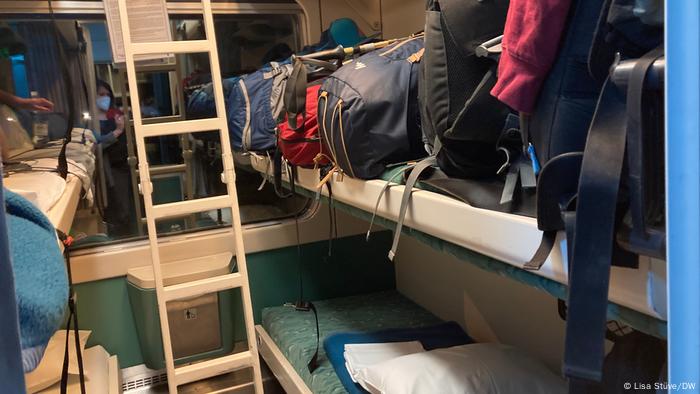
When it's crowded, the night journey can become uncomfortable
I encounter a family from Berlin who are on their way to Albania. Parents Bianca and Thomas tell me that there had been heated discussions at the breakfast table about the pros and cons of travel in times of climate change. Their daughter is part of the Friday's for Future movement, started by environmental campaigner Greta Thunberg, and insisted on train travel. In the end, they came to a compromise: go to their destination by train and bus, return by plane.
Ismail from Amsterdam, who has been on the road since 8 a.m., explains his decision to take the night train as follows: "In my circle of friends, awareness of the climate crisis we are currently experiencing is quite pronounced. Some are stricter and don't fly at all. If I want to travel with them, I have to follow that."
Growing rail network
My plan is to board in Munich in the evening and get off in Zagreb in the morning. From there, I will continue by bus to the Croatian Adriatic coast. The distance from Munich to Zagreb is just under 550 kilometers (342 miles). A one-way ticket from Munich to Zagreb cost €80 ($80). For the sake of simplicity, I booked the ticket directly through the Austrian Federal Railways (ÖBB). Wido and Johannes, my fellow travelers from Weimar, complain that you have to be very skilled to book a ticket. They say many get so frustrated with the complicated booking system, that they give up and use the car. But that may soon change.
The European night train network is to be expanded and extended in the coming years, and the compatibility of international bookings is also to be improved. German rail operator Deutsche Bahn is joining in, albeit in cooperation with European partner companies and without its own wagons. Thirteen more major European cities are to be accessible by night train in the coming years. The Berlin-Brussels and Berlin-Paris routes are set to begin in December 2023.
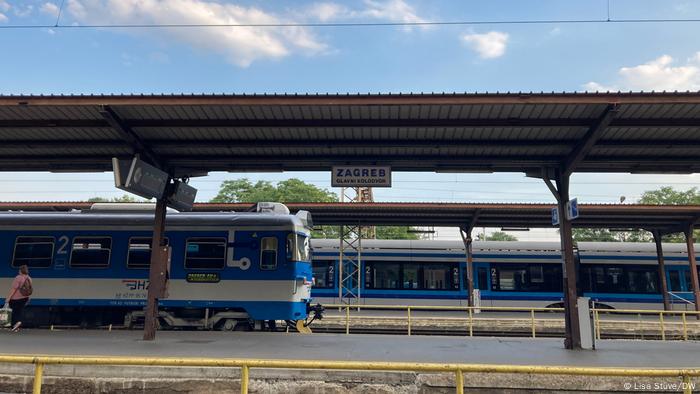
Night trains are becoming increasingly popular, which is why the railroads are continuing to expand their route network
A climate-friendly alternative
On the night train to Zagreb, passengers agree that demand will continue to rise. Alex from Bonn, who is traveling to Slovenia with friends for a hiking vacation, says that Deutsche Bahn needs to do its homework, advertise the service better and promote night trains as a viable alternative to flying.
Ecologically, the advantages of taking the train are clear. If the route from Munich to Zagreb is covered by rail, this produces around 20 kilograms of CO2 per passenger. By plane, the figure is 130 kilograms, according to the online calculator EcoPassenger. But as we all know, people do not only choose means of transport for ecological reasons. Despite all the climate debates, air travel between major European cities is often cheaper than traveling by overnight train. After all, air travel is subsidized, with kerosene tax and and VAT scrapped on cross-border flights.

Not exactly luxurious, but good for waking up: my breakfast on the night train to Zagreb
The journey is part of the adventure
It's not just the carbon footprint that's much lower on train journeys. Night trains also afford greater comfort and a nicer travel experience than flights.
On the way to Zagreb I am lucky, with a six-person compartment all to myself. Two weeks later, I will discover that the sleeping experience is somewhat less romantic and comfortable when the carriage is fully occupied. For those who are light sleepers, the night train adventure can quickly turn into an all-nighter, leaving you feeling rather groggy the next day.
While looking out the window early in the morning en route to Zagreb, I see picturesque meadows framed by imposing mountains. Breakfast is basic, consisting of a croissant and a jet-black coffee. It takes the last of the tiredness out of my limbs. We arrive in Zagreb shortly before 9 a.m.
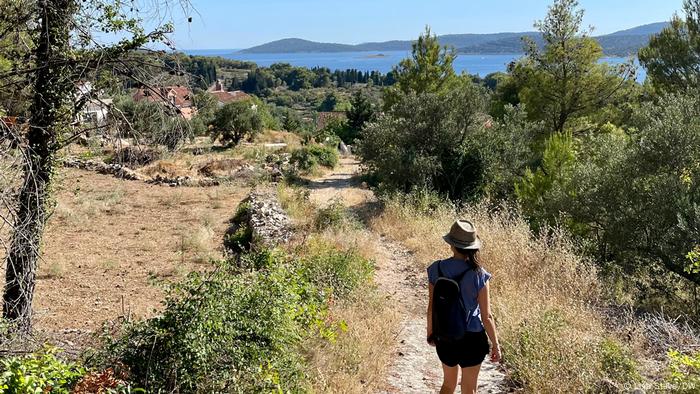
My destination: the Croatian Adriatic coast. The journey was an adventure in itself.
As I walk from the main train station to the nearby bus station, the city seems deserted on this Sunday morning. The last leg of my journey takes me by bus to the coastal town of Zadar. After another three hours, I am rewarded for the almost 17-hour journey — with a plunge in the clear waters of the Croatian Adriatic.
This article was originally written in German.
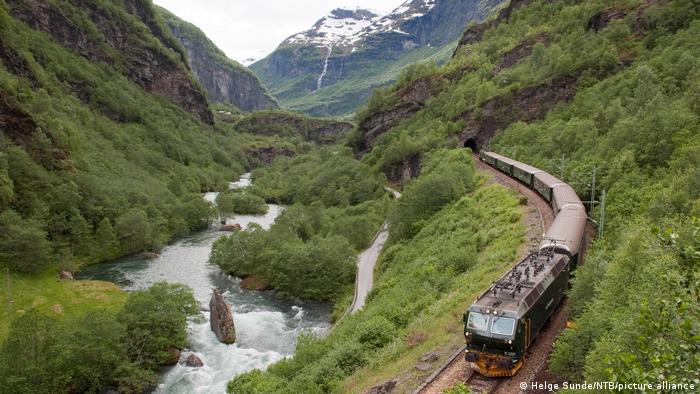
EUROPE'S MOST SCENIC TRAIN LINES
Flam Line, Norway
This 20-kilometer (12-mile) route in southern Norway connects Flam with Myrdal mountain railway station, situated 867 meters (2,844 feet) above sea level. Touted to be the country's most beautiful train ride, this journey takes you past an impressive waterfall and through a gorgeous valley. A return ticket will set you back about €60 ($62).
12345678910
High speed rail to displace flights amid airport chaos?
Cancellations, short staffing and lost baggage currently make flying a nightmare. In Europe, trains are set to become a faster, more reliable and climate-friendly alternative.
